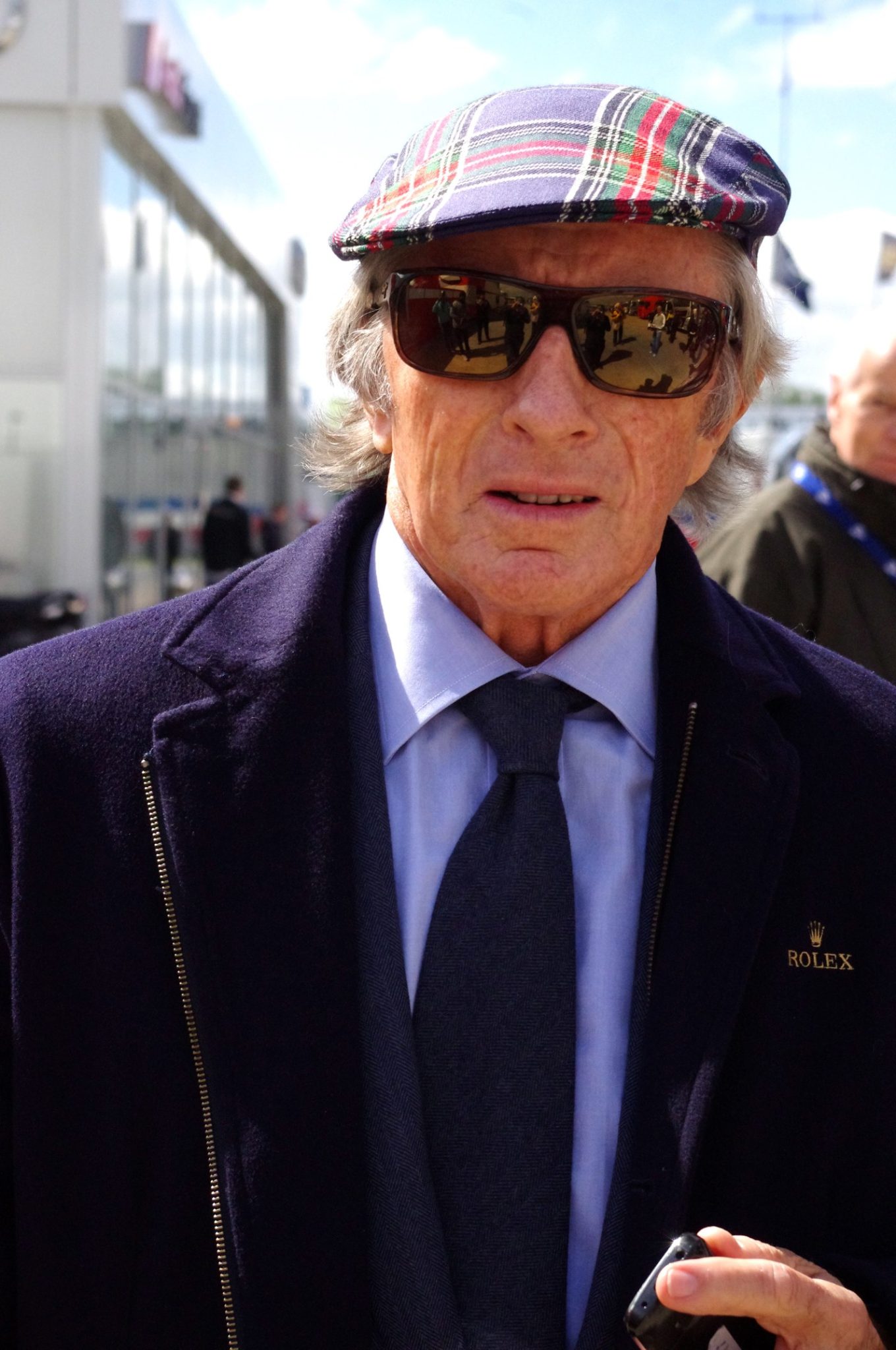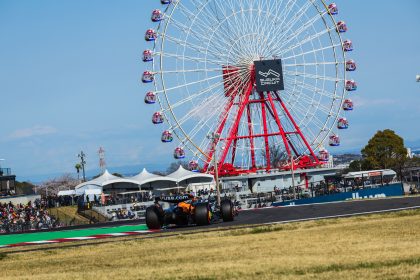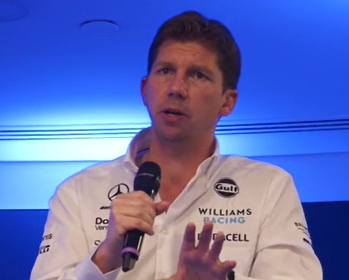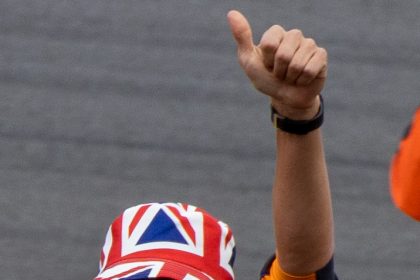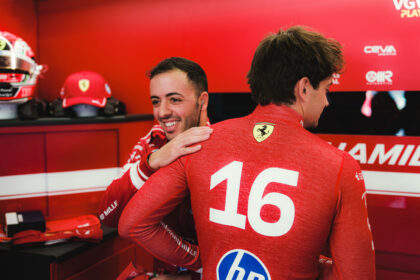Jackie Stewart at 85: Safety’s Prophet and the Last Gentleman Racer
There are legends, and then there are prophets—those rare souls who see not just the chequered flag, but the cost of crossing it. On this day, June 11, 2025, Sir Jackie Stewart turns 85. He is the last living Formula 1 World Champion from the 1960s, the last of the gentleman racers, and the man who dragged Formula 1—kicking, screaming, and occasionally cursing—out of its age of carnage and into the modern era of safety. If you think that’s hyperbole, you haven’t been paying attention.
- The Flying Scot: More Than Just a Champion
- Baptism by Fire: The Spa 1966 Crash
- The Reluctant Revolutionary
- The Safety Prophet’s Gospel
- The Last Lap: Stewart at 85
- The Human Cost: Racing Against Dementia
- The Gentleman Racer: A Vanishing Breed
- The Legacy: From Killer Years to Safer Days
- The Numbers Don’t Lie
- The Modern Relevance: Why Stewart Still Matters
- Waste a Bit More Time
The Flying Scot: More Than Just a Champion
Jackie Stewart’s career statistics are the stuff of legend: three World Drivers’ Championships (1969, 1971, 1973), 27 Grand Prix wins, 43 podiums, and 17 pole positions. He raced for BRM, Matra, and Tyrrell, and retired at the absolute peak of his powers—a rarity in a sport that too often writes its heroes’ endings in blood.
But numbers alone don’t tell the story. Stewart was the “Flying Scot”, a driver whose smoothness behind the wheel was matched only by his sharp tongue and sharper mind. He was a man who could win at the Nürburgring in fog so thick you’d need a dog to find your way home, and then tell the organizers, in no uncertain terms, that the race should never have been run.
You don’t forget where first gear, fifth gear is. The car felt wonderful. I mean, we didn’t go fast but the whole feeling of the car was great … it was fun to do it.
Jackie Stewart
Baptism by Fire: The Spa 1966 Crash
Every prophet has a moment of revelation. For Stewart, it came at Spa-Francorchamps in 1966. A sudden rainstorm, a high-speed crash, and 25 minutes trapped in a BRM soaked in fuel, waiting for rescue that never seemed to come. No marshals, no medical team, just fellow drivers with a spanner and a prayer.
That day, Stewart realized that Formula 1 was not just dangerous—it was needlessly, stupidly, criminally dangerous. The sport’s attitude was cavalier at best, suicidal at worst. Stewart’s response? He became the sport’s most relentless safety campaigner, a role that earned him as many enemies as friends.
The Reluctant Revolutionary
Sir Jackie Stewart. One of the pioneers that push safety in Motorsport in an era where it wasn’t important. #jackiesteward #legend #inspirationalquotes #fridayfeels #f1 #Motorsport #quotes pic.twitter.com/NtxAoiwc8Y
Stewart’s crusade for safety was not welcomed. He was accused of removing the romance from the sport, of being soft, of spoiling the fun. But Stewart had seen too many friends die—Jim Clark, Jochen Rindt, Piers Courage, and finally his own teammate, François Cevert, whose death at Watkins Glen in 1973 prompted Stewart to withdraw from what would have been his 100th and final Grand Prix.
It was said I removed the romance from the sport, that the safety measures took away the swashbuckling spectacular that had been. They said I had no guts. But not many of these critics had ever crashed at 150 miles an hour.
Jackie Stewart
The Safety Prophet’s Gospel
What did Stewart actually achieve? In a word: everything. He was the first to insist on seat belts, full-face helmets, fireproof overalls, and proper medical facilities at every circuit. He led boycotts of tracks that refused to install barriers or provide adequate run-off areas. He forced the sport to professionalize its marshaling and rescue operations. He made safety a non-negotiable part of the Formula 1 contract.
- Seat Belts: Stewart’s advocacy made them mandatory, saving countless lives.
- Full-Face Helmets: He was among the first to adopt them, setting a new standard.
- Circuit Safety: Armco barriers, tire walls, and run-off areas became the norm.
- Medical Response: Stewart demanded—and got—on-site medical teams and rapid response vehicles.
- Driver Solidarity: He led the Grand Prix Drivers’ Association in boycotting unsafe races, most famously Spa in 1970.
The result? A sport that once killed two out of every three drivers who raced for five years is now so safe that a fatality is a global shock, not an annual expectation.
The Last Lap: Stewart at 85
In April 2025, Stewart took his 1973 Tyrrell for one final lap of honor at the Bahrain Grand Prix. At 85, he was still the dapper, sharp-witted Scot, still able to slip into his racing overalls (with some effort), and still able to make a crowd hold its breath. His helmet, signed by every living World Champion—including Michael Schumacher, via his wife Corinna—will be auctioned for his Race Against Dementia charity.
As long as it raises money, that’s the main thing. It’s a special thing … To get my father together with his helmet and his 1973 World Championship car is unique and a real special moment. We’re all here. All his grandchildren are here to see this.
Mark Stewart, Jackie’s son
The Human Cost: Racing Against Dementia
Stewart’s post-racing life has been as impactful as his time behind the wheel. His wife, Lady Helen Stewart, was diagnosed with dementia in 2014. Stewart responded as he always has: by fighting. His Race Against Dementia charity funds pioneering research into prevention and cure, and Formula 1 itself is a proud supporter.
Formula 1 is proud to support Race Against Dementia. The global charity, founded by Sir Jackie, funds pioneering research into the prevention and cure of dementia.
Formula1.com
Find out more at Race Against Dementia
The Gentleman Racer: A Vanishing Breed
Stewart was never a playboy, never a prima donna. He was a family man, devoted to Helen and their sons, Paul and Mark. He wore his trademark black cap and long hair, but he was always the consummate professional. He set new standards for driver conduct, media relations, and commercial savvy. He was the first Formula 1 superstar, but he never lost his sense of decency.
In an era when drivers are as likely to be Instagram influencers as racers, Stewart stands as a reminder of a different kind of heroism—one that values courage, yes, but also wisdom, compassion, and responsibility.
The Legacy: From Killer Years to Safer Days
If you want to understand what Stewart changed, watch the BBC documentary Grand Prix: The Killer Years. It’s harrowing, powerful television—a reminder that the sport’s glamour was once inseparable from its brutality. Stewart’s efforts, often in the face of ridicule and resistance, forced Formula 1 to grow up.
Watch “Grand Prix: The Killer Years” discussion
The Numbers Don’t Lie
Let’s put Stewart’s impact in perspective:
Category | Details |
|---|---|
Championships | 3 (1969, 1971, 1973) |
Grand Prix Wins | 27 |
Teams | BRM, Matra, Tyrrell |
Major Contributions | Safety advocacy, equipment, circuit upgrades |
Honors | Knighted (2001), OBE |
He retired with more wins than any driver except Jim Clark. He was the only British driver to win three championships until Lewis Hamilton in 2015. But his true legacy is measured not in trophies, but in lives saved.
The Modern Relevance: Why Stewart Still Matters
In 2025, Formula 1 is safer, richer, and more global than ever. But the sport’s DNA—its willingness to learn from tragedy, to innovate, to put people before spectacle—owes everything to Stewart’s crusade. Every time a driver walks away from a 200 mph crash, every time a medical car arrives within seconds, every time a circuit is redesigned for safety, Stewart’s ghost is in the room.
And yet, as the sport debates the balance between safety and spectacle, between risk and reward, Stewart’s story is a reminder: progress is never finished. The prophet’s work is never done.
Waste a Bit More Time
- F1 Explains: Improving safety, racing great drivers and finding a cure for dementia (Formula1.com)
- Race Against Dementia Facebook








